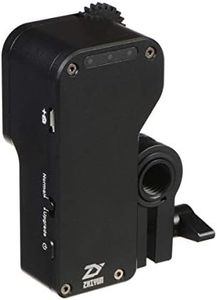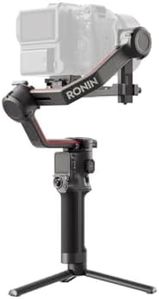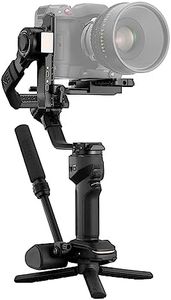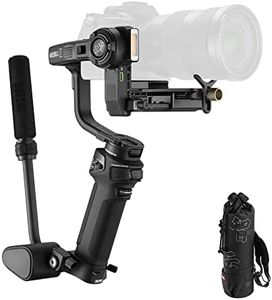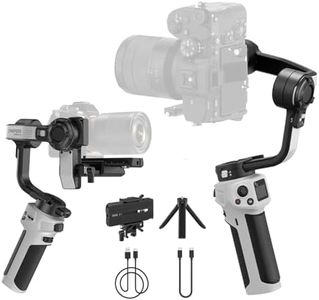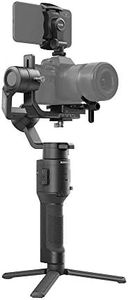We Use CookiesWe use cookies to enhance the security, performance,
functionality and for analytical and promotional activities. By continuing to browse this site you
are agreeing to our privacy policy
10 Best Dslr Gimbals
From leading brands and best sellers available on the web.Buying Guide for the Best Dslr Gimbals
When you’re looking to buy a DSLR gimbal, it’s important to choose a model that matches both the weight and style of your camera setup, as well as your style of shooting. A good gimbal helps you achieve smooth, professional-looking video by stabilizing your camera while you move. There are several features and specifications to consider, which can make a major difference in usability and performance. Taking the time to understand what these mean will help you make the best choice for your needs.Payload CapacityPayload capacity is the maximum weight that the gimbal can handle correctly. If your camera and lens combination is too heavy, the gimbal won’t be able to stabilize the footage well, or it could even get damaged. Payload capacities are usually divided into light (up to 1.5kg), medium (1.5-2.5kg), and heavy (above 2.5kg). When picking a gimbal, add up the total weight of your DSLR, lens, and any accessories (like microphones or lights), and make sure it’s under the gimbal’s maximum capacity. Choose a gimbal where your setup falls comfortably in the middle of the range, not at the top end.
Battery LifeBattery life tells you how long the gimbal can run on a single charge. This is important for long shoots or for travel, where charging may not be easy. Battery life can range from a few hours to over 12 hours. For short home videos or quick projects, a lower battery life may be fine, but if you’re filming events or working outdoors for extended periods, look for a gimbal that promises longer operation to avoid interruptions.
Axis StabilizationGimbals usually offer 2-axis or 3-axis stabilization, referring to the directions (tilt, pan, roll) they can smooth out. A 3-axis gimbal stabilizes movement in all three directions, which creates much smoother, shake-free footage, especially when walking, running, or moving the camera up and down. For serious video work or fast action, a 3-axis gimbal is preferred, but if simplicity and lightweight are priorities, a 2-axis model might be enough.
Weight and SizeThe weight and physical size of the gimbal affect how comfortable it is to carry and use, especially during long shoots. Lightweight, compact gimbals are easier to manage if you need to move frequently or travel often, but they might support less weight. Larger, heavier gimbals may offer more features and handle bigger setups, but can get tiring to hold. Consider your typical shooting environment and how long you’ll be carrying the gimbal when making your choice.
Controls and FeaturesModern gimbals come with different controls like joysticks, trigger buttons, and even apps for adjusting settings. Some also offer follow modes, time-lapse, or object tracking. These can make it easier to get creative shots, but may add complexity. If you’re a beginner, look for models with straightforward controls and essential features; if you want more creative options, pick one with a good range of modes and controls.
Balancing and SetupBalancing a gimbal involves adjusting its arms so the camera stays steady when you let go. Some gimbals make this process easier than others, with tool-free or labeled adjustments. A gimbal that’s quick and easy to set up saves time and reduces frustration, especially if you switch lenses or accessories often. If you expect to change your camera setup a lot or don’t like fiddling with complicated adjustments, look for one that’s praised for user-friendly balancing.
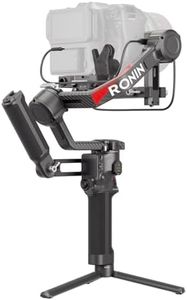
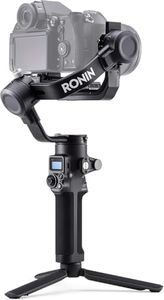
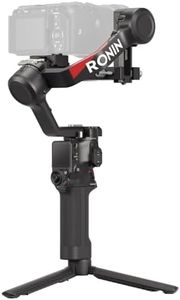
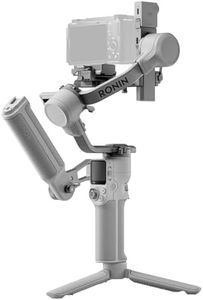
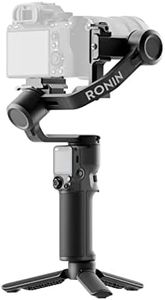
![ZHIYUN Weebill S [Official] Camera Stabilizer, 3 Axis Gimbal for DSLR and Mirrorless Camera, Lightweight Design, Dynamic Stability, Available for Canon/Sony/Panasonic/Nikon/Fujifilm](https://images-proxy.bestreviews.guide/W4-RbG51KEpaj1bA8sKboCkanm0=/0x300/https://m.media-amazon.com/images/I/41dofxRBqiL._AC_CX679_.jpg)

![FeiyuTech SCORP Mini 2 [Official] Gimbal Stabilizer with 3 Axis, All in One Gimbal for Mirrorless Cameras,Smartphone,Action Cameras,Built-in AI Tracker,Vertical Quick Release Plate,Black](https://images-proxy.bestreviews.guide/xwmqFf5Yr_E9Y2lxHrdJZFxckh8=/0x300/https://m.media-amazon.com/images/I/31Gdqx9+LHL._AC_CX679_.jpg)
